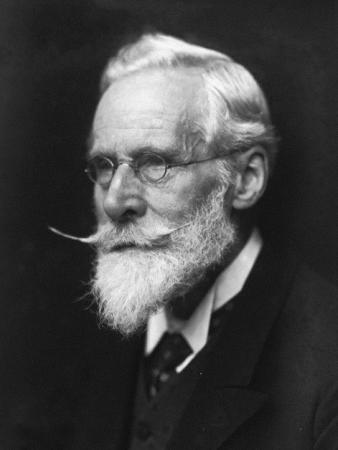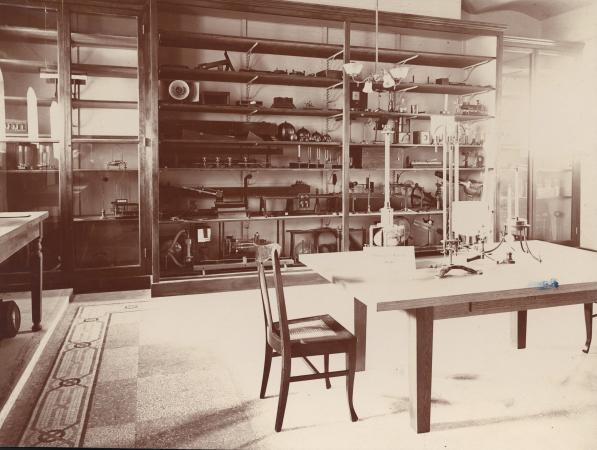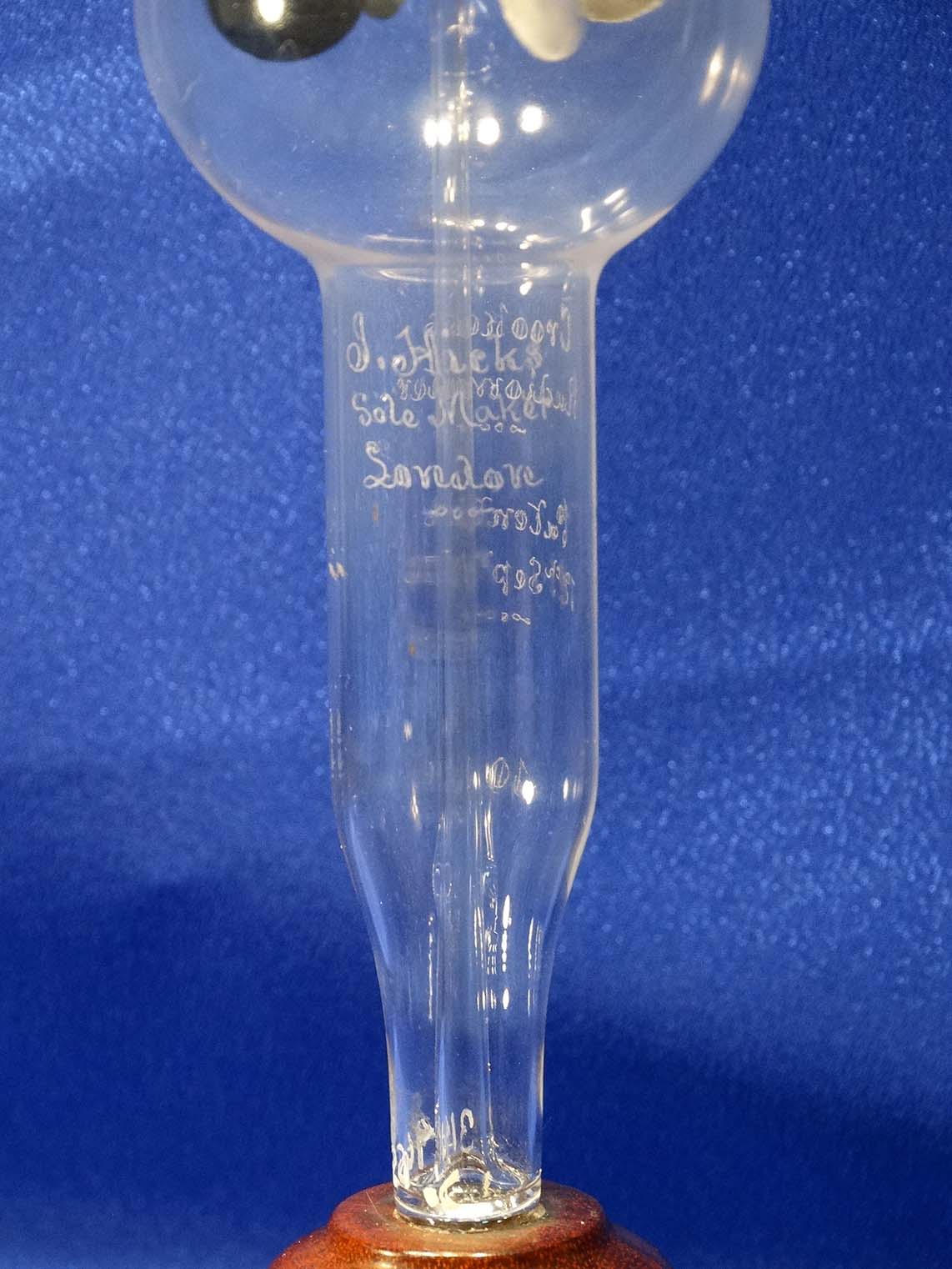William Crookes was a young Englishman with outsized ambitions who, in 1863, found traces of a new element that he termed thallium. Fellowship in the Royal Society, the oldest national scientific institution, came soon thereafter, along with a large grant of public funds for determining the atomic weight of thallium. While pursuing that project, Crookes discovered what he believed to be “repulsion resulting from radiation,” designed a “radiometer” to demonstrate the phenomenon, and, in May 1875, reported his results to the Royal Society.
Crookes’ results were widely reported in the American press. Readers of Scientific American learned that Crookes had displayed some “simple delicate radiometers” at a recent Royal Society soirée. The magazine reported:
These consisted of a glass stem supporting a little four-bladed windmill, carrying four disks, one on each end of the four slender glass rays. These work horizontally, supported by a steel point on a small topaz, and the radiation of light from a common candle at some distance away suffices to make them rotate with great liveliness, in vacuo in a small glass globe.

The first radiometer in American hands is probably the one that Josiah Parsons Cooke, professor of chemistry and mineralogy at Harvard, exhibited at a March 1876 meeting of American Academy of Arts and Sciences. Since the English instruments were hard to come by, Cooke said, a glassblower in Cambridge, Massachusetts had begun making copies of them.
Joseph Henry, the physicist who served as the founding Secretary of the Smithsonian, amassed a large and sophisticated collection of scientific instruments for the Institution. It is thus not surprising that he bought an American radiometer, and showed it to the Philosophical Society of Washington. After apologizing for not having had an opportunity to make any experiments except “those of the most obvious character,” Henry stated that Crookes had discovered “a fact of great perplexity, of which the rationale, he thought, was not readily understood.” Most physicists at the time would surely have agreed.
Henry then went to Philadelphia, to visit the Centennial Exhibition and serve as a judge for the awards committee tasked with analyzing instruments of precision, research, experiment, illustration, telegraphy, and music. He would thus have seen the display mounted by James J. Hicks, the London merchant who specialized in meteorological instruments and who had been chosen by Crookes to manufacture radiometers. Indeed, one Centennial publication reported:
Mr. James J. Hicks, of London, England, exhibits a curious apparatus in the form of a Radiometer for demonstrating the mechanical action of light and the conversion of radiation into motive power, constructed according to the design of Mr. William Crookes, F.R.S., to whom is due the discovery of this force.
This new apparatus, the publication enthused, “may be applied practically to a number of uses,” and “Mr. Crookes’ discovery is one of great value, and promises to be the means of solving in future many problems, as yet unexplained, in the action of forces in our vast universe.”
A newspaper account from 1876 described a radiometer displayed in an optical shop on the west side of Union Square in New York City, with a placard describing it as an example of perpetual motion. The account noted:
The great expense attendant upon the manufacture of radiometers is caused by the difficulty of obtaining a perfect vacuum. Mr. Hicks used three tons of mercury in making seventeen radiometers. He exhibits broken glass by the hundred weight to show the result of his many failures.
This comment may be a bit of an exaggeration, but does recognize the fact that Hicks used a vacuum pump of the sort recently invented by Hermann Sprengel, a German chemist working in London.

Apparently pleased with Hicks’ Centennial display, Henry bought fifteen radiometers for the Smithsonian in early 1877. Seven have survived. The etched inscription on each—Crookes's / Radiometer/ Patented 12 / Sept. 1876 / J. Hicks / Sole Maker/ London—refers to Crookes’ U.S. patent (#182,172) for an “Improvement in Apparatus for Indicating the Intensity of Radiation.”
The radiometers and other items in the Smithsonian Instrument Room remained on display for a decade or so following Henry’s death in 1878. Then they languished in storage, largely forgotten, until curators at the new Museum of History and Technology (now the National Museum of American History) recognized their worth as relics of the past.
Related Resources
- Joseph Henry A Life in Science, Smithsonian Institution Archives
- "The Spinthariscope and the Smithsonian," by Deborah Warner, The Bigger Picture, Smithsonian Institution Archives
- "William Stimpson and the Smithsonian's First Aquarium," by Deborah Warner, The Bigger Picture, Smithsonian Institution Archives
Produced by the Smithsonian Institution Archives. For copyright questions, please see the Terms of Use.




Leave a Comment